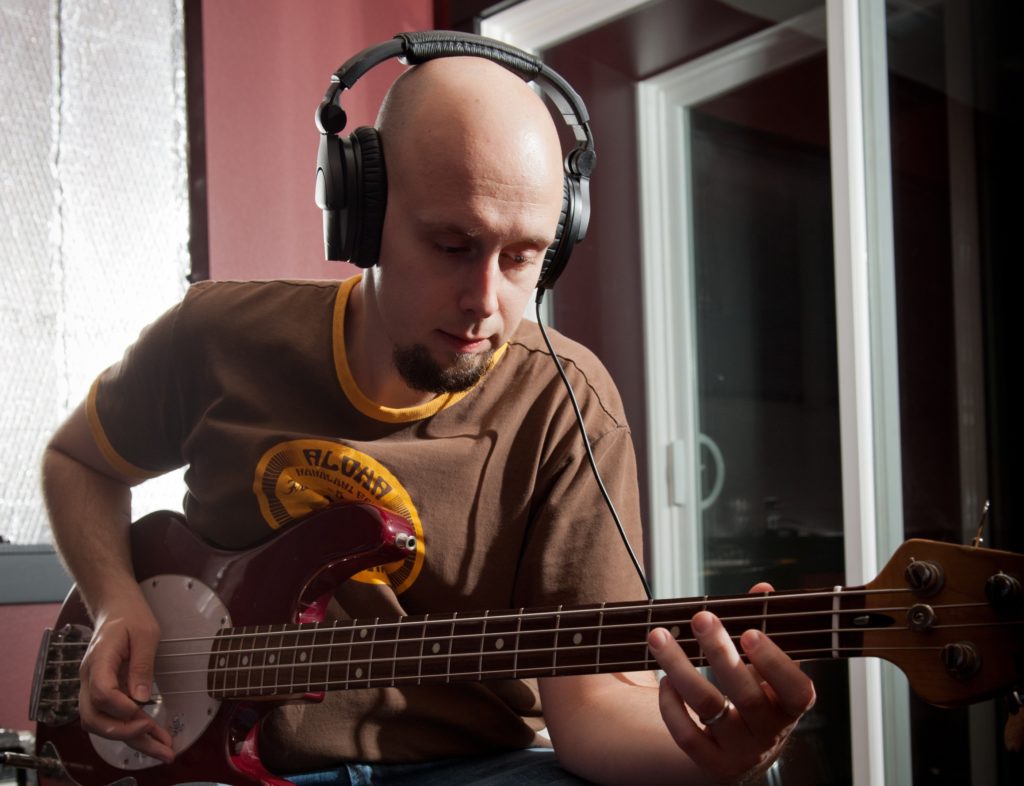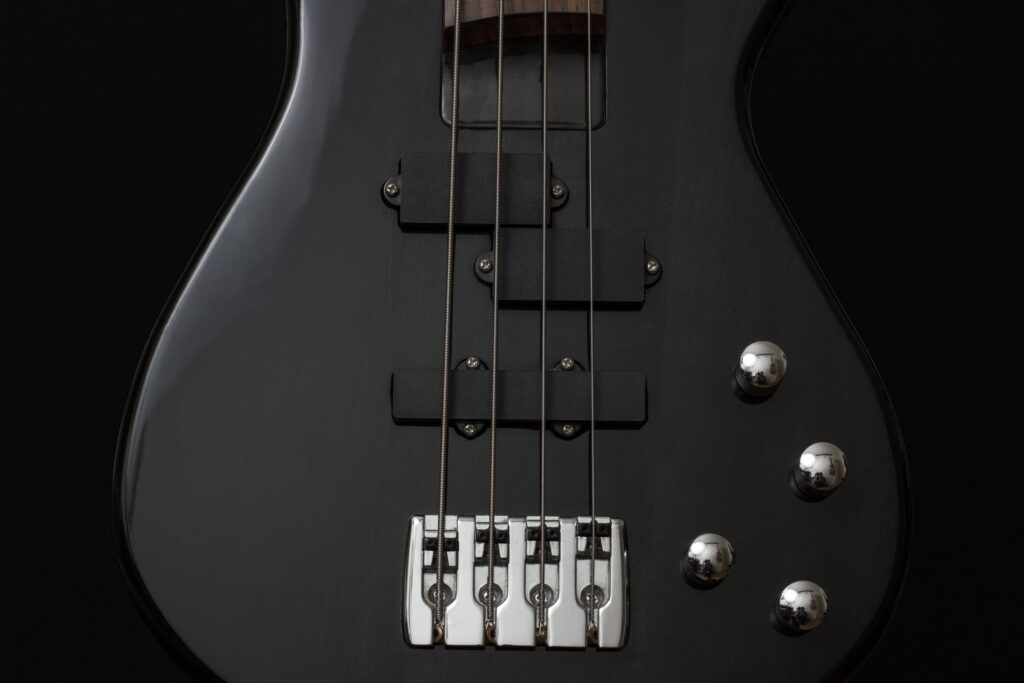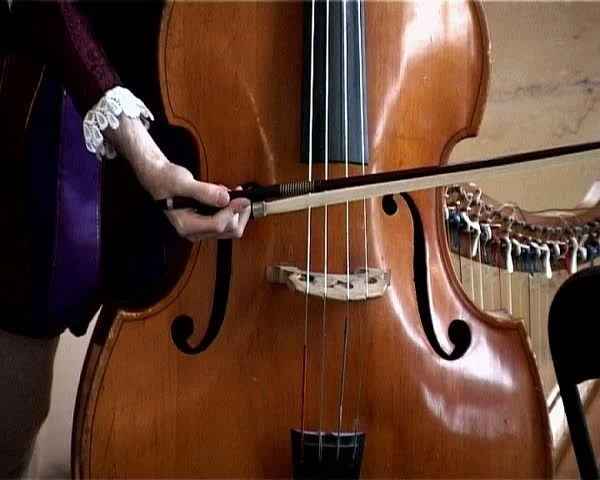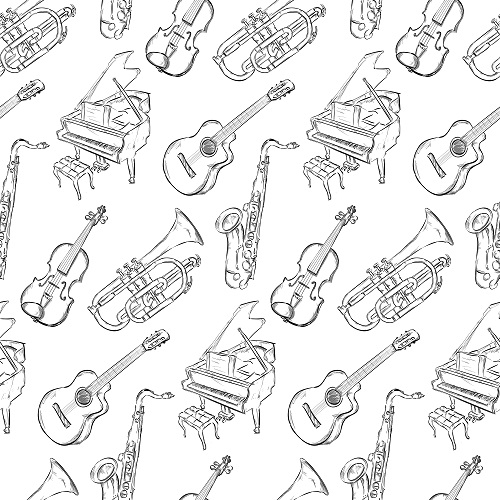
If you’re looking to take Brooklyn Bass Lessons, Prospect Music Lessons is the place. Several of our teachers are amazing Bass players, and can work with you to build your skills. Whether you are looking to play like Paul McCartney or Paul Chambers, we can help you achieve your musical goals. Despite the guitarists, pianists, and singers getting all the fame, the Bass is a vital and important instrument in almost every band!
Role of the Bass
The bass lays down the harmonic foundation of a song – it’s literally playing the lowest notes! The vast majority of the time, the Bass plays the Root, or the fundamental pitch of each chord. Sometimes though, the bass will play Inversions (chord tones other than the Root) or “walk” scale and sometimes chromatic notes to get to and from the Root and other chord tones. With our Brooklyn Bass Lessons, players with some experience will learn how to select the best notes to make your own bass line.
The bass also provides a rhythm foundation in a band – sometimes just quarter note pulses, and sometimes faster eighth note rock “chugging”, but always locking in with the drummer/percussionist to form the basis of what we often call “the rhythm section”. Bands of many genres will also usually include piano and/or guitar to complete the rhythm section.

Electric Bass
The Electric Bass is the most popular type of bass, being that it is easier to learn, more portable, and can be amplified easily (the acoustic can be amplified, but often gives feedback at high volumes). Guitarists also can learn to play the Electric Bass very quickly, as the notes and a lot of the techniques are similar to their instrument. For these reasons, the Electric Bass has become the standard for rock, blues, and most styles of popular music. Some of the most popular Electric Bass players of all time are Paul McCartney, Cliff Burton, and Staney Clarke. In our more advanced Brooklyn Bass Lessons, we’ll cover all these players and more!
Pick vs. Fingers
When playing the Electric Bass, one can choose two different methods to strike the strings – either with the fingers, or with a pick. While some players use both, many prefer one or the other. Many rock players, particularly Metal bassists, like the brightness of the pick. Plus, it’s a much easier transition from the electric guitar.
Playing Electric Bass with the fingers is a different technique than finger-style on guitar. The most common method is to strike the string in an upward motion, resting on the next string (or the bass itself on the lowest pitched string). The index and middle fingers are then alternated to play faster and more economically. Some funk players will use the thumb to “slap” the low strings to give a percussive effect, while they then “pop” the higher strings with the fingers. Jazz players usually prefer finger-style – it gives a smoother, warmer tone that not only complements the instrumentation but also sounds more like the Acoustic Bass.

Acoustic Bass
The acoustic bass, also known as the Upright Bass, the Double Bass, or occasionally the Bass Violin, is the instrument of choice for most Jazz players and for Classical music. It’s also used quite a bit in Country, Rockabilly, and Bluegrass groups. It’s a very challenging instrument to play! Unlike the Electric Bass, the Acoustic Bass has no frets! While it is tuned the same, it’s difficult to play in tune, so it requires different techniques and positions to achieve good intonation. Also, in Classical music and on occasion in Jazz music, the Acoustic Bass is played “arco”, or with a bow, much like a violin or cello.
Our Bass Lessons
We usually like to teach beginners with the Alfred’s Basic Bass Method Book in our Brooklyn Bass Lessons, however many students who come to us with a little experience will often start right into learning songs. We will help you choose songs that are feasible to learn at your current level, but challenging enough to get you working on the techniques you’ll need to tackle more advanced songs down the road. We’ll work on rhythm (playing with a metronome or a recording), right hand pick and/or finger techniques, and left hand positioning, among other important skills. Contact us now to find out more!

